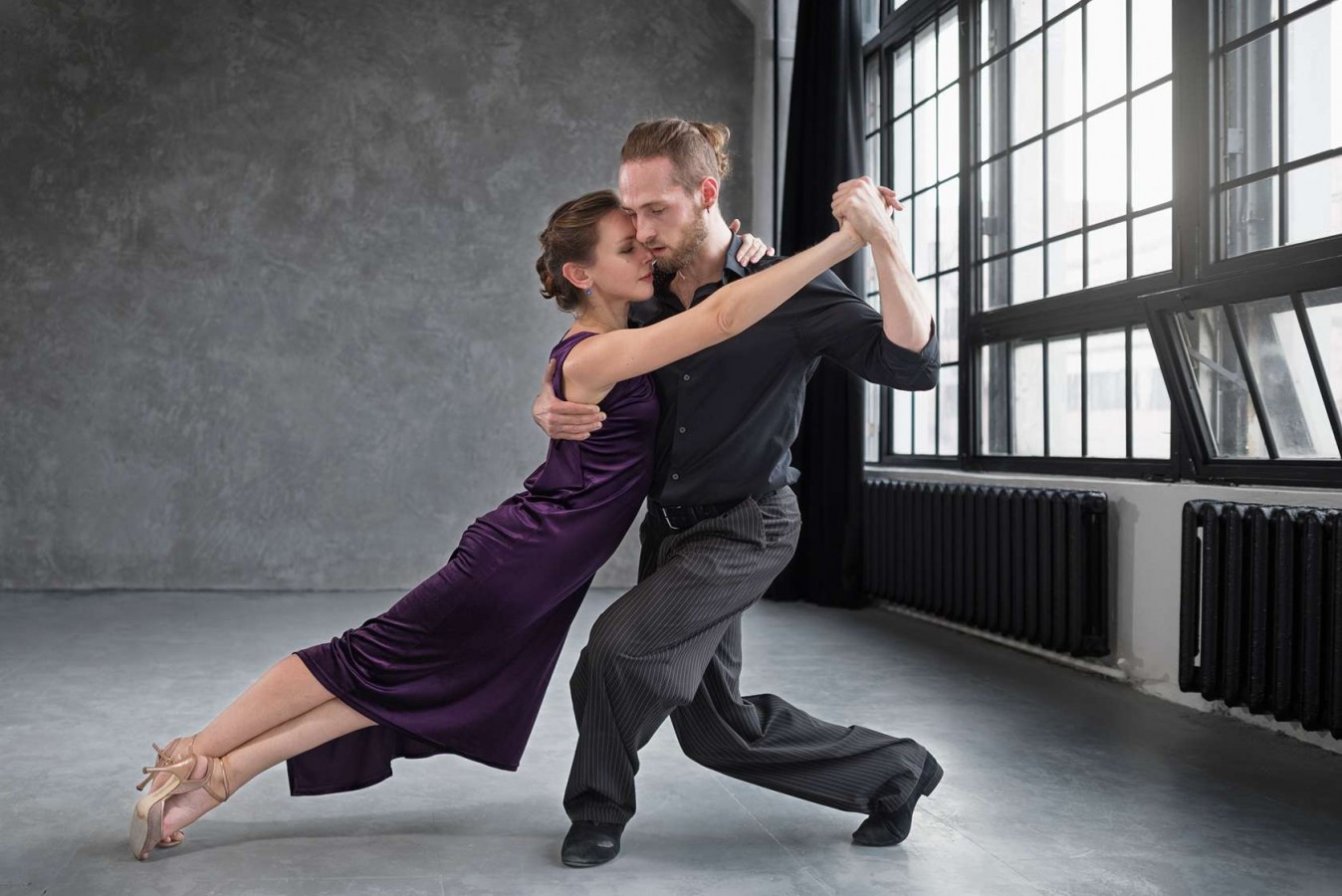RAD Exams: Here Are Things You Need To Know!

For ballet dancers, Royal Academy of Dance (RAD) may be one of the events they most want to participate in. RAD has as a global leader, setting the stage for aspiring dancers to refine their skills and grace the dance world with their art.
As we delve into the realm of RAD exams, we enter a realm where technical mastery converges with expressive storytelling, shaping not just accomplished dancers, but artists who embody the essence of classical ballet. Here are some things you should know from RAD Exams, explore your skill!
What are Royal Dance of Academy (RAD) Exams?
RAD exams are where students undergo a series of graded examinations that assess their proficiency and understanding of ballet techniques, movements, and performance skills. These exams are structured in a graded system, starting from the Pre-Primary level for young beginners and progressing through various grades as students advance in skill and knowledge.
The RAD ballet exams typically include both a practical (performance) component and a theoretical (written or oral) component, evaluating aspects such as technique, musicality, expression, and understanding of dance theory.
Successfully completing these exams can lead to the attainment of RAD certificates and diplomas, and they provide a structured framework for dancers to progress in their ballet training. The RAD ballet syllabus is respected globally, and many dance schools and academies follow its curriculum to ensure a comprehensive and standardized dance education.
History of RAD
Founded in 1920 in London, the Royal Academy of Dance (RAD) has played a pivotal role in shaping the landscape of ballet education. Dedicated to raising standards and promoting a unified approach to dance instruction, the RAD quickly expanded internationally, becoming a global leader in dance education.
Over the years, the organization developed a comprehensive and progressive syllabus that emphasizes both artistic expression and technical proficiency.
Through its examinations and teacher training programs, the RAD has not only set benchmarks for dance training but has also contributed significantly to the elevation of ballet as an art form.
With a widespread presence and collaborations with dance institutions worldwide, the RAD continues to be a respected force, nurturing the talents of dancers, teachers, and choreographers and fostering a love for dance across diverse communities.
How The Syllabus Works
The examination curriculum comprises three key sections: classical, free movement, and character dance. The classical component, being the cornerstone, is of paramount importance, serving as the foundational groundwork for dancers.
In the free movement section, diverse movements from various dance styles, such as Greek dance and natural movement, are incorporated alongside ballet techniques. Character dance entails the dramatic interpretation of national dance forms adapted for theatrical performance.
Children must be five years old before they can start the graded syllabus. Then the following minimum ages apply:
- Pre-Primary in Dance : age 5
- Primary in Dance : age 6
- Grade 1-5 : age 7
- Grades 6-8 : age 11
- Intermediate Foundation : age 11
- Intermediate : age 12
- Advanced Foundation : age 13
- Advanced 1 : age 14
- Advanced 2 : age 15
- Solo Seal : age 15
Requirements of RAD Exam
It's important to note that the specific requirements can vary between different levels of RAD exams, ranging from the Graded levels for beginners to the Vocational Graded levels for more advanced dancers. Candidates are advised to consult the RAD syllabus and guidelines for the specific requirements applicable to their examination level.
Admission to participate in an examination is organized by age category, facilitating the assessment of children of comparable age groups collectively. Typically, the age groups include:
- Pre-primary - up to age 5
- Primary - up to age 6
- Grades 1-5 or to age 7
- Grade 6-8 or up to age 11
Exam Days
Dancers are required to be at the exam studio 30 minutes prior to the scheduled exam time. During this time, the committee will affix the children's numbers and ribbons, conduct warm-ups, and prepare them for entry.
Ensure that they have had a small drink and a restroom visit. It's important that their grooming is impeccable, and their uniform is clean and well-maintained. Please also refrain from wearing jewelry and nail polish.
On the day of the exam, you have to maintain a quiet atmosphere in the lobby to preserve the examination room's ambiance. Kindly drop off your child and wait outside or in your car. Exam durations vary from 30 to 60 minutes, depending on the level. Late arrivals will not be accommodated, and once the exam commences, children cannot leave and re-enter the studio.
Improve Your Ballet Technique & Skills!
Understanding what RAD exams are, delving into their rich history, grasping the structured syllabus, and acknowledging the dedication required for success, we've unveiled the essence of this transformative experience.
RAD exams are stepping stones, guiding aspiring dancers toward mastery and artistic expression. Remember, the strictness of RAD exams is a testament to the pursuit of excellence.
If your children show an interest in pursuing RAD exams, as parents, you can play a pivotal role in nurturing their passion by enrolling them in the ballet program offered by Rockstar Academy.
Renowned for its excellence in Sports & Performing Arts, Rockstar Academy provides a diverse array of physical activity programs, including RAD Ballet Testing and Ballet & Contemporary Dance Recitals.
Through RAD Ballet Testing, students undergo thorough skills and techniques assessments, facilitating their progression within the RAD Ballet Program while gaining valuable competitive experience to enhance their performance skills.
Moreover, Rockstar Academy extends an invitation for anyone interested to partake in a complimentary trial ballet class. To explore this opportunity further, be sure to reach out to Rockstar Academy and embark on an enriching journey of dance and self-discovery.
FAQ
What is the Royal Academy of Dance (RAD)?
The RAD is an internationally renowned organization dedicated to the promotion and development of dance, particularly in the realm of ballet. It provides a structured syllabus, conducts examinations, and offers teacher training programs.
Who can participate in RAD exams?
RAD exams are open to dancers of various ages and levels. The exams are categorized into different grades, starting from beginners to advanced levels.
What does the RAD exam consist of?
RAD exams typically include both practical and theoretical components. The practical part assesses classical ballet technique, free movement, and character dance. Theoretical elements may include ballet terminology, musicality, and dance theory.



